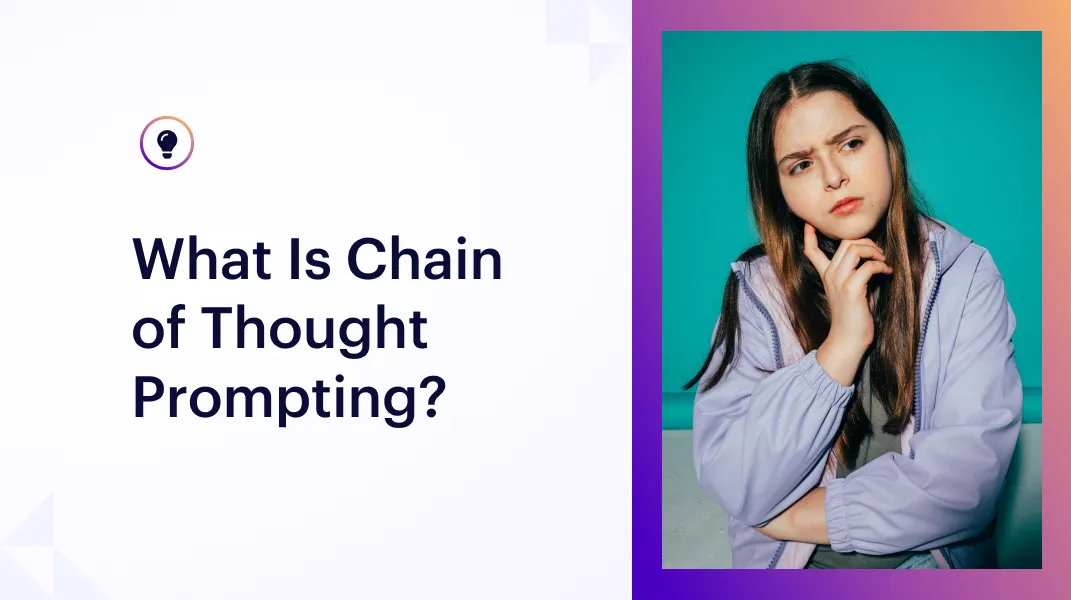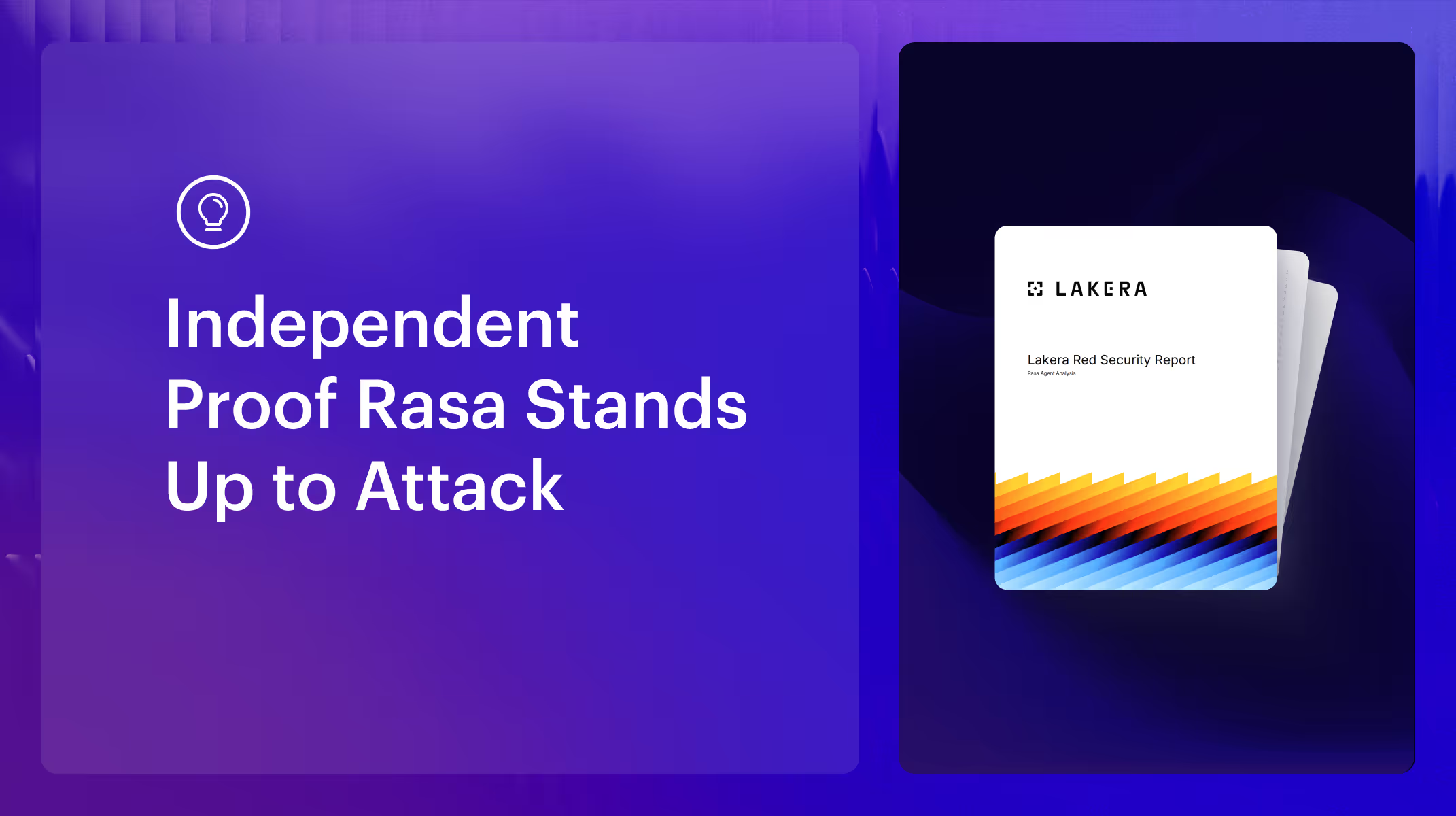As the demand for fast and smooth customer service increases, businesses are looking at chatbots as a possible solution. It’s easy to see why: With well-designed chatbot flows, users can receive support without getting stuck in a queue for a live agent, shortening their wait time and giving them a better customer experience.
However, there’s one problem: Not every business has a development team on hand to build chatbots from scratch.
Luckily, this isn’t necessary with low-code chatbot solutions. These development tools minimize the need for coding and accelerate chatbot deployment by providing the basic architecture. If you want to improve the speed, accessibility, and flexibility of your customer service, these solutions are definitely worth considering.
Here, we look at what low-code chatbot platforms are, why they’re valuable for modern businesses, and their limitations, to help you decide if they’re the right fit for your business.
Low-code, no-code, and full-code chatbots: How do they differ?
A low-code chatbot platform is a tool that helps you build assistants without having to code every single detail. You still need to do a bit of coding if you want an advanced or custom bot, but the solution typically does most of the heavy lifting. This makes chatbot development a reality for users at varying technical skill levels.
A low-code tool includes core elements like:
- Visual editors: Graphical environments that let you design conversation logic without complex coding
- Pre-built templates: Ready-to-use frameworks for common chatbot use cases
- Natural language processing (NLP) modules: Features that help bots understand human language for natural conversations
- Scripting capabilities: Allow users to customize or extend bot capabilities for complex functions
Low-code platforms shouldn’t be confused with no-code or full-code solutions.
No-code platforms are designed for zero coding: You use drag-and-drop features to develop your chatbot. The downside is that they offer limited customization capabilities and can only handle simple tasks.
Full-code frameworks give you complete control over the chatbot design process and can handle more advanced use cases. The challenge with them is that they require technical expertise and more time to build.
Low-code solutions strike a balance between the two options, offering enough support to accelerate development and deployment without overly limiting your flexibility.
Who should consider a low-code assistant platform?
Any team that needs a chatbot but lacks the time or expertise to build one from scratch should consider using a low-code platform. It would be especially beneficial for:
- Marketing teams that want to run campaigns with conversational touchpoints
- Small business owners who need professional chatbots that can handle inquiries but don’t have big budgets
- Product managers and customer service teams that need to test dialogue flows without waiting on development teams
- Technical leads who want efficiency without sacrificing control
Low-code platforms can also be valuable for businesses looking to make their assistants better suited for specific tasks. This is because they streamline collaboration across teams. Task-specific teams like CX agents can define flows even without coding experience, and developers can customize and expand their capabilities as needed.
What can you build with low-code chatbot tools?
The possibilities for what you can build are extensive. Some real-world use cases include:
- Customer support flows: Handle FAQs and repetitive tasks (like password resets) to reduce ticket volume.
- Service booking: Streamline customer journeys by allowing them to schedule appointments within chats.
- E-commerce assistants: Answer product questions and provide support for issues like returns.
- Sales assistants: Capture lead info by asking tailored questions.
- Internal knowledge base assistants: Automate repetitive HR and IT tasks, like offering troubleshooting guides and policy breakdowns.
Whether you want to test chatbots before you fully commit or develop production-level assistants that lighten the burden on your teams, low-code platforms can help.
Benefits of using a low-code chatbot platform
Developers and business teams are quickly adopting low-code platforms because they streamline chatbot development, cut costs, and facilitate faster deployments. Here’s a detailed look at these and more benefits:
- Accessibility: Their minimal coding requirements and user-friendly nature makes them accessible to both developers and non-tech teams, like customer support and sales.
- Fast setup and deployment: With visual editors and pre-built templates, you can go from idea to deployment in a fraction of the time it would take for full chatbot development.
- Cost-effective: In-house chatbot development can range from $50,000 to $500,000 or more. Conversely, costs can range from $5,000 to $25,000 if you opt for a hybrid model-a solution with various pre-built components that still gives you a level of flexibility (essentially what low-code platforms offer).
- Reduced developer workload: These tools ease the burden on development teams, allowing them to focus on customization or functionality enhancement.
- Convenient editing environment: Low-code solutions allow teams to adjust chatbot designs without redeploying code.
- Integrated testing and debugging: Some offer built-in testing environments, allowing developers and business teams to visually validate flows and quickly tweak conversation blocks.
Limitations to consider when choosing a low-code chatbot platform
As with any tech solution, low-code chatbot platforms have their limitations. While these may not be dealbreakers for all teams, it’s a good idea to identify them before choosing a chatbot platform to make sure it’s the right option for your business.
Template rigidity limits complex logic
Low-code chatbot platforms rely on visual editors and pre-built templates to streamline bot development. While these elements facilitate fast setups and deployments, they can be limiting when your needs become more advanced. For example, you may hit a wall when you want to implement customized business logic for tailored customer interactions.
Scalability gaps in multi-brand and multilingual support
Want to build a chatbot for a single brand or app? Most low-code platforms will help you do that quite easily.
The problem comes in when you want to scale. Some solutions can’t effectively support assistants across brands, channels, regions, or languages. You may need to run multiple chatbots separately, which can be a nightmare for consistency and management.
What’s more, you may come across language issues, as some low-code solutions only offer basic translation engines. While useful to some extent, they may not capture or recognize slang, which can result in misunderstandings.
These issues are not typically dealbreakers for small brands. But they can cause headaches for large enterprises (like global brands), as they need highly flexible and scalable architecture.
Integration challenges with internal systems
Most enterprise teams need integration capabilities with HR, CRM, and ERP tools to automate workflows and personalize outputs. Unfortunately, some low-code platforms only offer limited integration options.
This can limit chatbots to simple tasks, like answering FAQs, providing little value to your team. The only solution may be to hire developers to help you build and use API connectors for more comprehensive integrations.
To reduce such expenses, confirm whether a potential platform integrates with the tools you need or already use before committing to it.
Vendor lock-in and limited deployment options
Some low-code chatbot platforms are SaaS-only. While this may be cost-effective, it locks you into providers’ hosting and pace of innovation. If you want to migrate data to another system or switch vendors, you may have to rebuild everything from scratch. Similarly, if your provider doesn’t roll out new features, you may be forced to work with outdated systems-especially if they limit the extent of customization allowed.
Further, you may not have a lot of control over your data, since many providers don’t offer self-hosting options. For highly regulated industries, like financial services, this can be inconvenient and risky.
Rasa’s approach to low-code development
Rasa Studio’s visual flow design capabilities and Rasa Platform’s modular backend facilitate low-code chatbot development while also giving you a high degree of control over your assets.
Rasa provides a conversational AI framework in a no-code user interface to help non-tech teams develop flows and allow developers to extend these flows. Unlike with other platforms, you don’t have to choose between seamless assistant development and flexibility.
Rasa also stands out because of:
- On-prem deployment options: This is a huge win for regulated businesses like banks and healthcare institutions, as it gives them control over their data.
- LLM-agnostic architecture: Rasa isn’t tied to a singular large language model. You have the flexibility to plug in whichever LLM best fits your budget and needs.
- Integrations: Rasa allows you to set up custom actions and APIs, connecting assistants with existing business systems for personalized interactions. With 81% of consumers preferring brands that offer personalized experiences, this can promote customer satisfaction.
With Rasa, you get a low-code solution for quick bot deployments and a pro-code interface for control over your assistants.
Move fast without giving up control using Rasa’s platform
Thanks to low-code chatbot platforms’ ease of use and minimal coding requirements, tech-savvy and non-tech-savvy teams can collaborate on development to quickly create custom chatbots. However, you sacrifice significant control and flexibility, which may be a dealbreaker for more advanced or complex use cases.
But not with Rasa.
Rasa supports low-code chatbot creation without sacrificing user flexibility by offering both no-code and pro-code interfaces. This allows everyone in your team to contribute to bot building, regardless of their tech expertise. Further, Rasa supports on-prem deployments and enables deep integrations, giving you control over your data and how your systems interact.
Connect with Rasa today to access a low-code environment that streamlines chatbot development without sacrificing your level of control.






